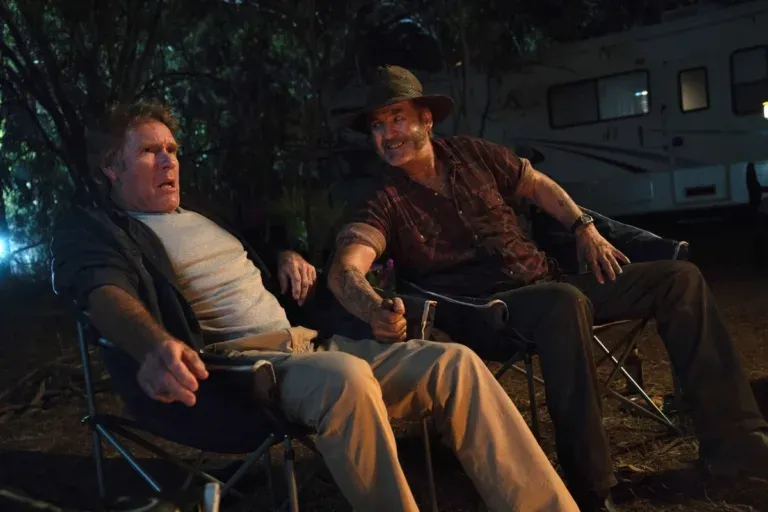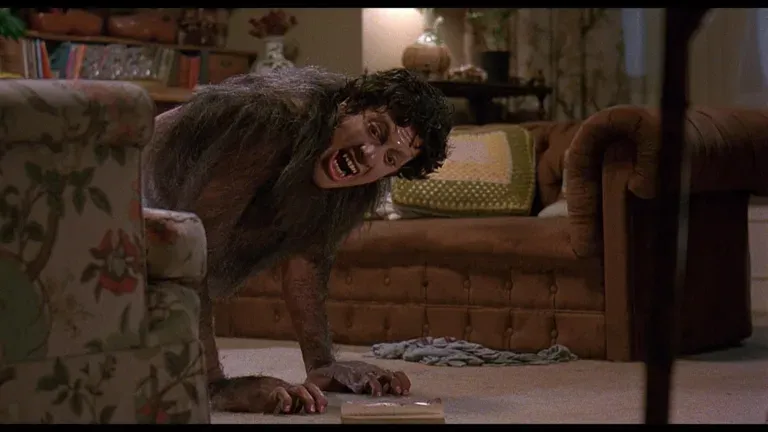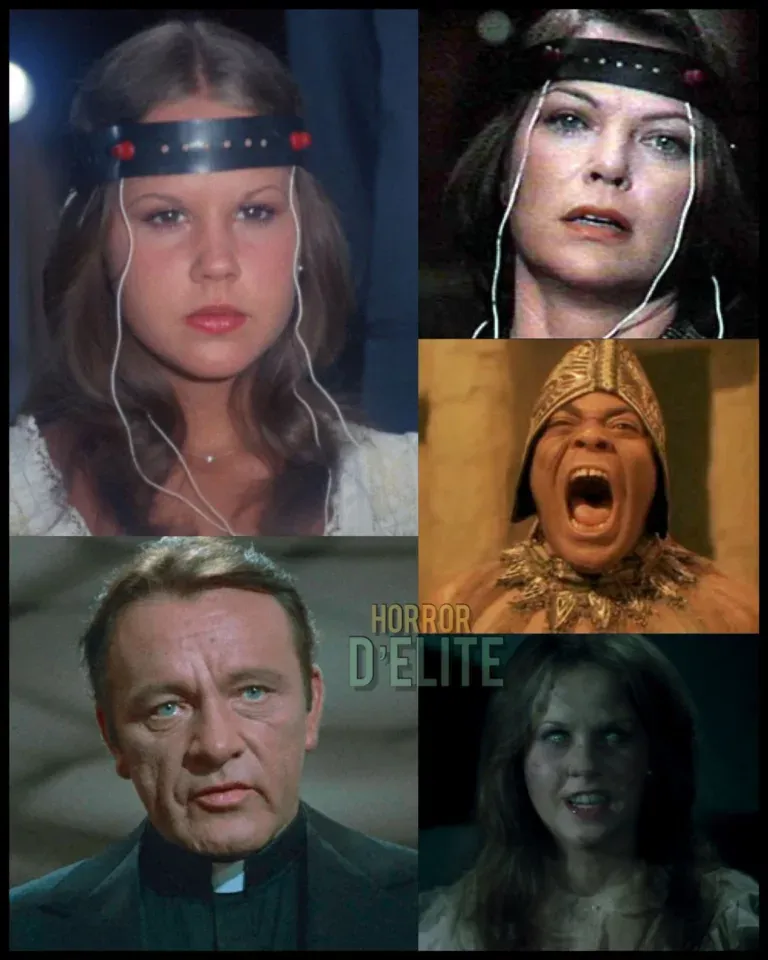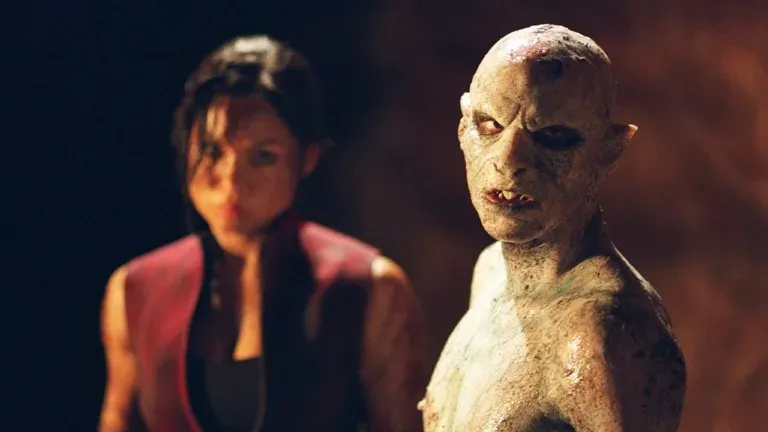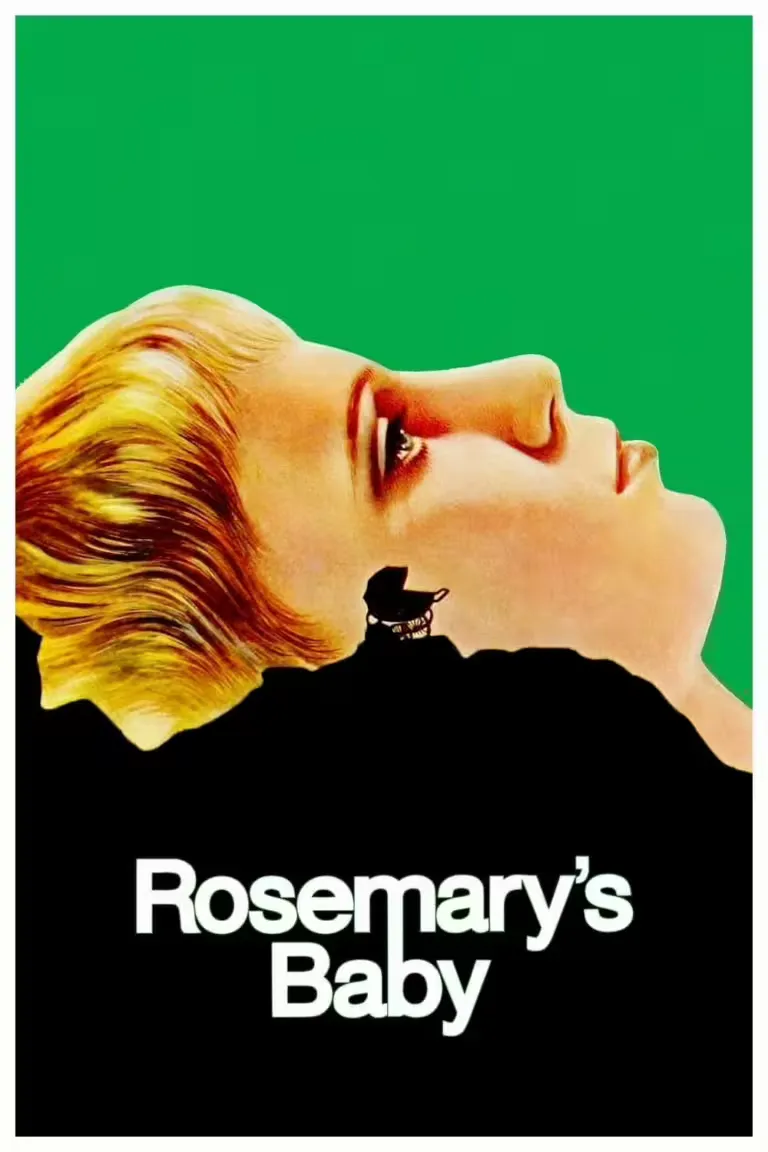Glass
Glass – directed by M. Night Shyamalan
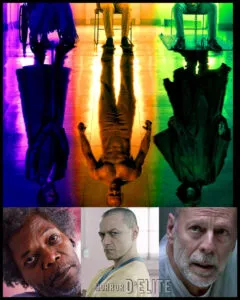
The work in question is the third installment of a trilogy that also includes the films “Unbreakable” from 2000 and “Split” from 2016. The plot revolves around three main characters: David Dunn (played by Bruce Willis), Elijah Price / Mr. Glass (played by Samuel L. Jackson), and Kevin Wendell Crumb (played by James McAvoy).
Plot:
 David Dunn is a man with superhuman strength and the ability to perceive crimes committed by people simply by touching their skin. Elijah Price is a comic book superfan who suffers from a disease that makes him extremely fragile but also incredibly intelligent. Kevin Wendell Crumb is a man with dissociative identity disorder, with 24 different personalities, including the dangerous “Beast.”
David Dunn is a man with superhuman strength and the ability to perceive crimes committed by people simply by touching their skin. Elijah Price is a comic book superfan who suffers from a disease that makes him extremely fragile but also incredibly intelligent. Kevin Wendell Crumb is a man with dissociative identity disorder, with 24 different personalities, including the dangerous “Beast.”
The three characters find themselves hospitalized in a psychiatric hospital, under the supervision of Dr. Ellie Staple (played by Sarah Paulson), who tries to convince them that their supernatural abilities are not real, but only figments of their imagination.
Reflections and Considerations
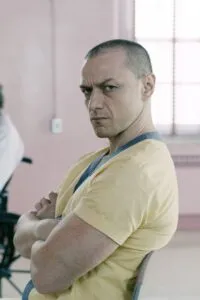 One of the main themes of the film is identity. The characters of David Dunn, Elijah Price, and Kevin Wendell Crumb are confronted with their true nature and what makes them unique. Each of them must face their own past and accept who they truly are.
One of the main themes of the film is identity. The characters of David Dunn, Elijah Price, and Kevin Wendell Crumb are confronted with their true nature and what makes them unique. Each of them must face their own past and accept who they truly are.
In this sense, “Glass” plays with the concept of reality and fantasy. The characters are constantly tested to determine whether their supernatural abilities are real or just figments of their imagination.
Other Themes
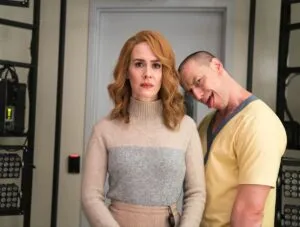 Another important theme is the power of beliefs. The character of Elijah Price believes that superheroes and supervillains exist in the real world, and this belief drives him to seek the truth and expose the abilities of David and Kevin.
Another important theme is the power of beliefs. The character of Elijah Price believes that superheroes and supervillains exist in the real world, and this belief drives him to seek the truth and expose the abilities of David and Kevin.
Another interesting aspect is the conflict between the individual and society. The main characters are marginalized by society because of their extraordinary abilities and must confront prejudice and the fear of others. The film raises questions about how society reacts to differences and challenges social norms that may limit freedom and individual expression.
Additional Aspects
Another aspect is that of manipulation and control: The characters of Elijah Price and Kevin Wendell Crumb, also known as “The Beast,” are manipulated and exploited by those who seek to control their supernatural abilities.
Last but not least, there is the theme of acceptance and self-esteem: The characters must confront their past, their mistakes, and their fears in order to fully accept themselves and find their inner strength. The film emphasizes the importance of loving and accepting oneself for who they are, regardless of others’ expectations.
Last but not least, there is the theme of acceptance and self-esteem: The characters must confront their past, their mistakes, and their fears in order to fully accept themselves and find their inner strength. The film emphasizes the importance of loving and accepting oneself for who they are, regardless of others’ expectations.


